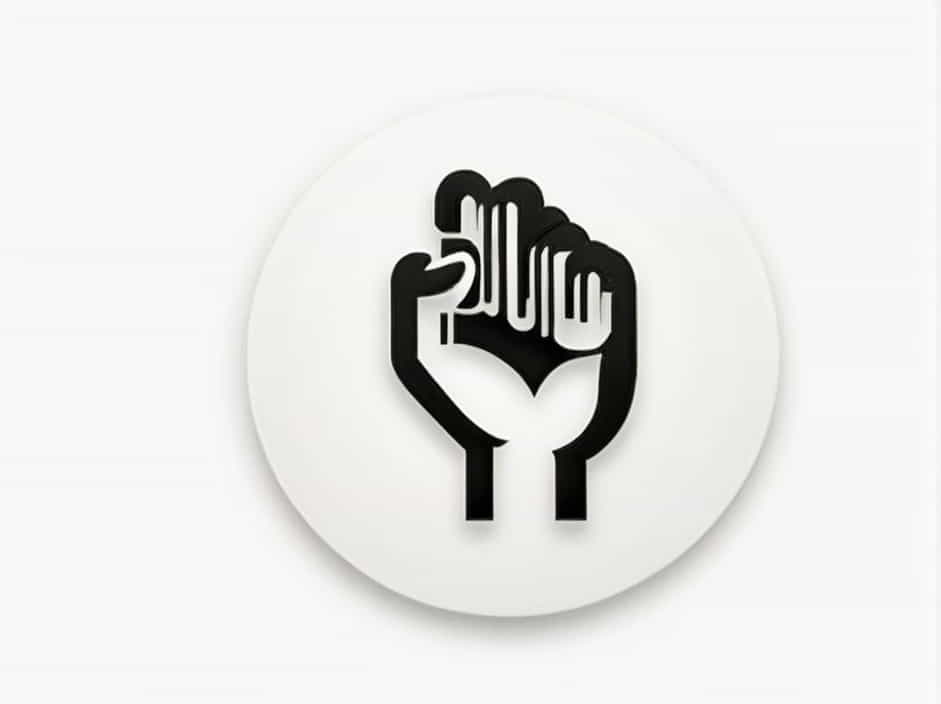Wrist movement is essential for various daily activities, from typing to lifting objects. One key motion of the wrist is abduction, also known as radial deviation, where the wrist moves toward the thumb side. This movement is controlled by specific muscles that work together to provide stability and flexibility.
In this topic, we will explore the muscles responsible for wrist abduction, their functions, anatomical structure, and their role in overall wrist mobility.
What Is Wrist Abduction?
Wrist abduction, or radial deviation, occurs when the hand moves laterally toward the thumb side of the forearm. This movement is essential for tasks requiring precision and coordination, such as writing or gripping objects.
The muscles involved in this action are primarily located in the forearm and work together to ensure smooth motion.
Muscles That Abduct the Wrist
There are two primary muscles responsible for wrist abduction:
1. Flexor Carpi Radialis (FCR)
The Flexor Carpi Radialis is located on the anterior (front) side of the forearm. Despite being a flexor, it also plays a role in wrist abduction when working together with other muscles.
Origin and Insertion:
- Origin: Medial epicondyle of the humerus
- Insertion: Base of the 2nd and 3rd metacarpal bones
Function:
- Flexes the wrist
- Abducts the wrist (radial deviation)
2. Extensor Carpi Radialis Longus (ECRL)
The Extensor Carpi Radialis Longus is a muscle on the posterior (back) side of the forearm and plays a significant role in wrist movement.
Origin and Insertion:
- Origin: Lateral supracondylar ridge of the humerus
- Insertion: Base of the 2nd metacarpal bone
Function:
- Extends the wrist
- Abducts the wrist
3. Extensor Carpi Radialis Brevis (ECRB)
This muscle is similar to the ECRL but is shorter and more involved in stabilizing wrist movements.
Origin and Insertion:
- Origin: Lateral epicondyle of the humerus
- Insertion: Base of the 3rd metacarpal bone
Function:
- Extends the wrist
- Assists in wrist abduction
Supporting Muscles in Wrist Abduction
While the Flexor Carpi Radialis, Extensor Carpi Radialis Longus, and Extensor Carpi Radialis Brevis are the primary movers, other muscles also provide support:
- Abductor Pollicis Longus (APL): Primarily responsible for thumb movement but contributes to wrist abduction.
- Brachioradialis: Though mainly a forearm flexor, it assists in stabilizing the wrist during abduction movements.
The Role of These Muscles in Everyday Activities
Wrist abduction is essential for numerous tasks, including:
- Writing and typing – Small movements of the wrist require fine motor control.
- Playing musical instruments – Guitarists and pianists frequently engage in radial deviation.
- Sports activities – Tennis, golf, and weightlifting rely on proper wrist motion for grip and control.
Common Injuries Affecting Wrist Abduction
1. Tendinitis
Overuse of the extensor and flexor muscles can lead to inflammation, causing pain and restricted movement.
2. Radial Tunnel Syndrome
Compression of the radial nerve can cause weakness in the wrist abductors, leading to discomfort and reduced function.
3. Carpal Instability
Weakness in the supporting muscles may cause wrist instability, affecting overall hand function and grip strength.
How to Strengthen Wrist Abductor Muscles
To maintain strong and healthy wrist muscles, consider incorporating these exercises into your routine:
1. Wrist Radial Deviation Exercise
- Hold a light dumbbell.
- Rest your forearm on a table with your thumb facing up.
- Slowly move your wrist upward and lower it back down.
- Repeat for 10-15 repetitions per hand.
2. Resistance Band Training
- Secure a resistance band and hold one end.
- Move your wrist sideways against the resistance.
- Perform 3 sets of 12 reps to strengthen the abductors.
3. Forearm Stretching
- Extend your arm with the palm facing down.
- Use the opposite hand to gently pull the fingers back.
- Hold for 15-30 seconds to improve flexibility.
The Flexor Carpi Radialis, Extensor Carpi Radialis Longus, and Extensor Carpi Radialis Brevis are the primary muscles responsible for wrist abduction. These muscles play an essential role in everyday movements, sports, and fine motor skills.
Keeping these muscles strong and flexible can prevent injuries, improve grip strength, and enhance overall wrist function. If you experience wrist pain or weakness, consulting a medical professional can help in diagnosis and treatment.
